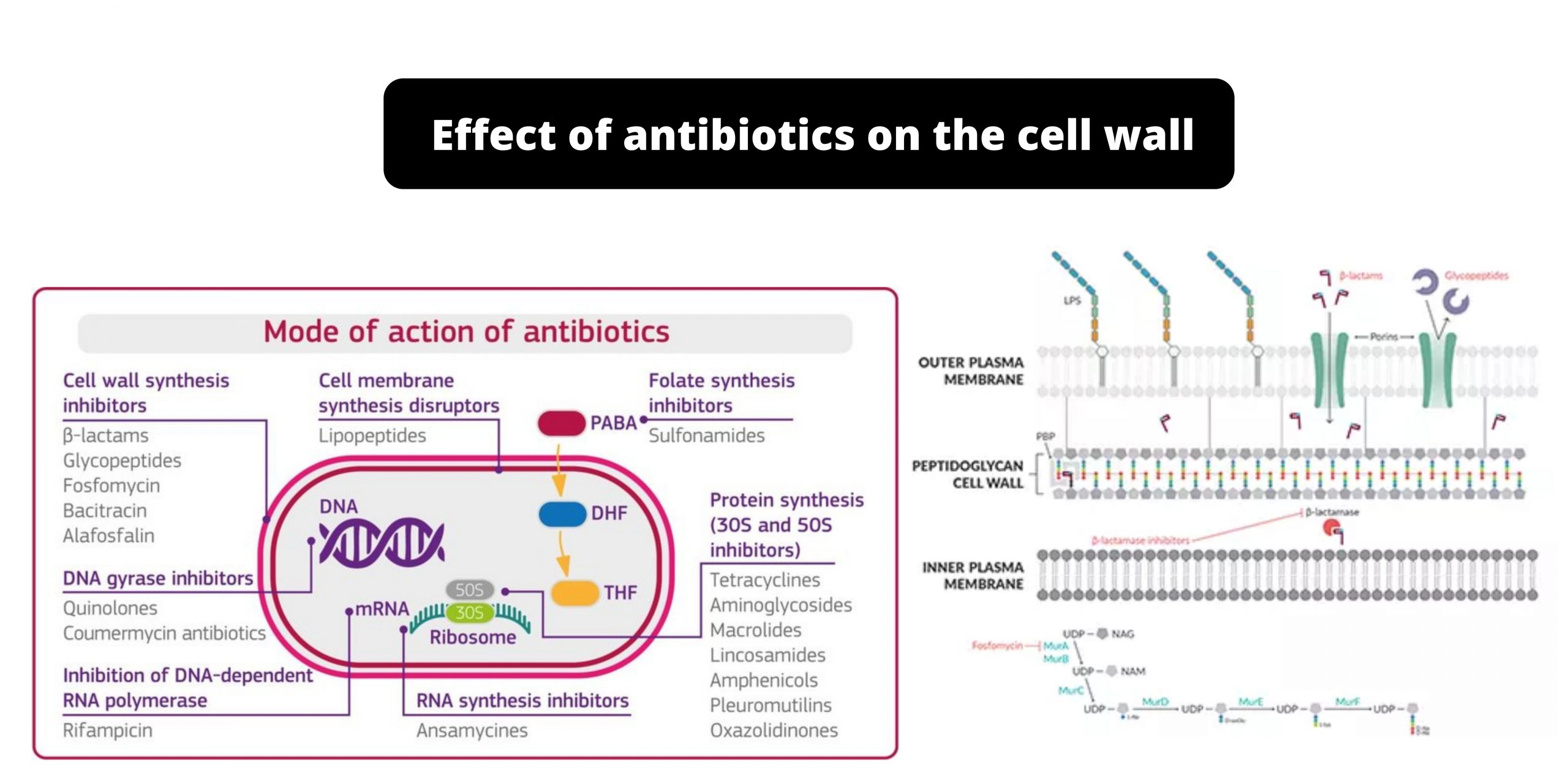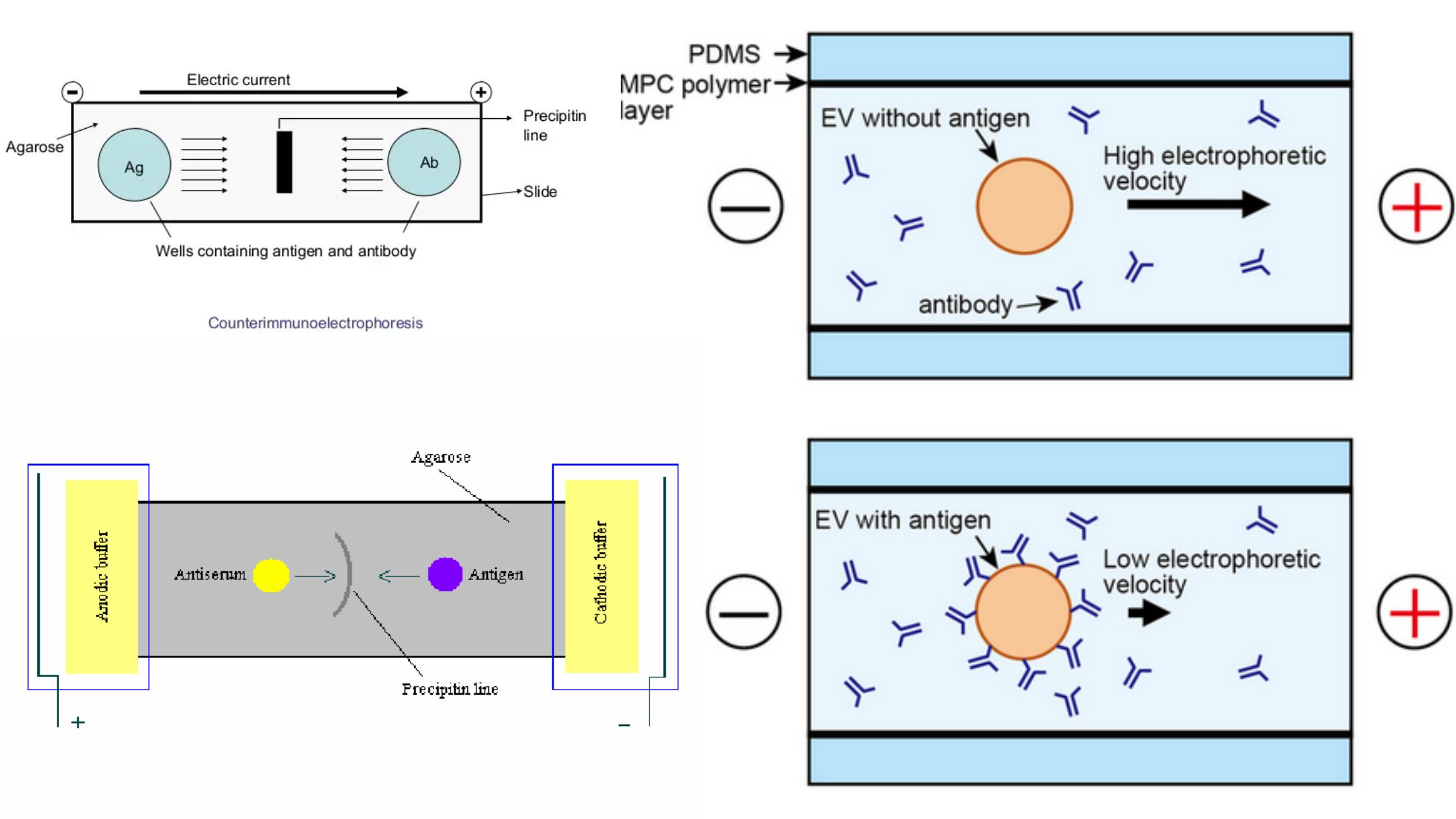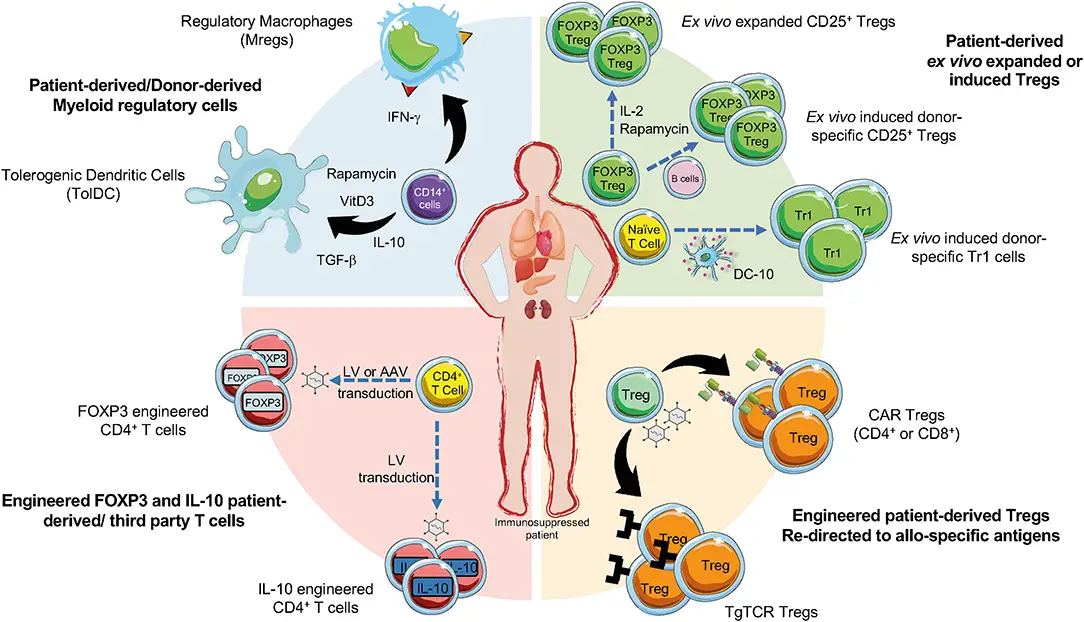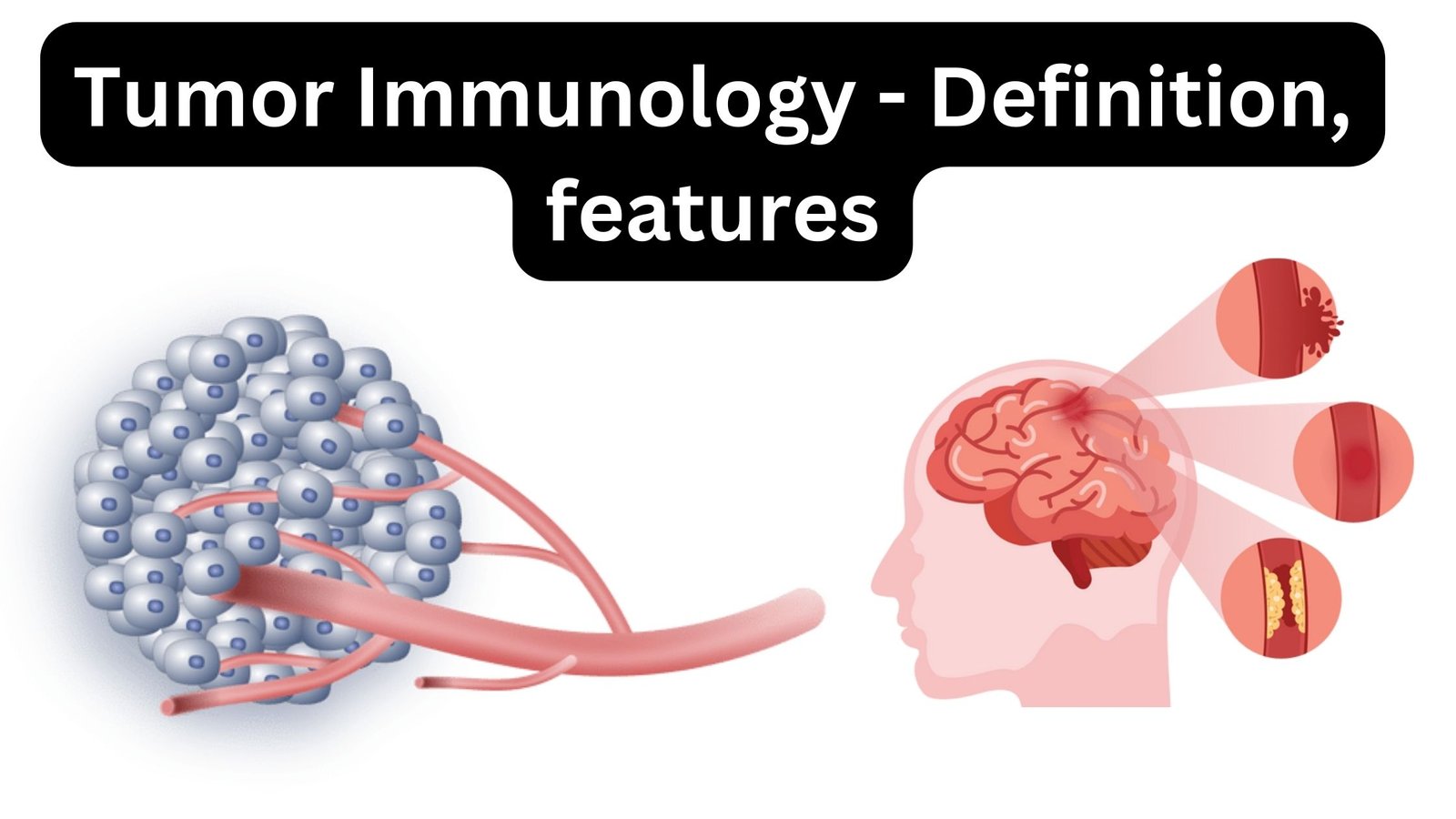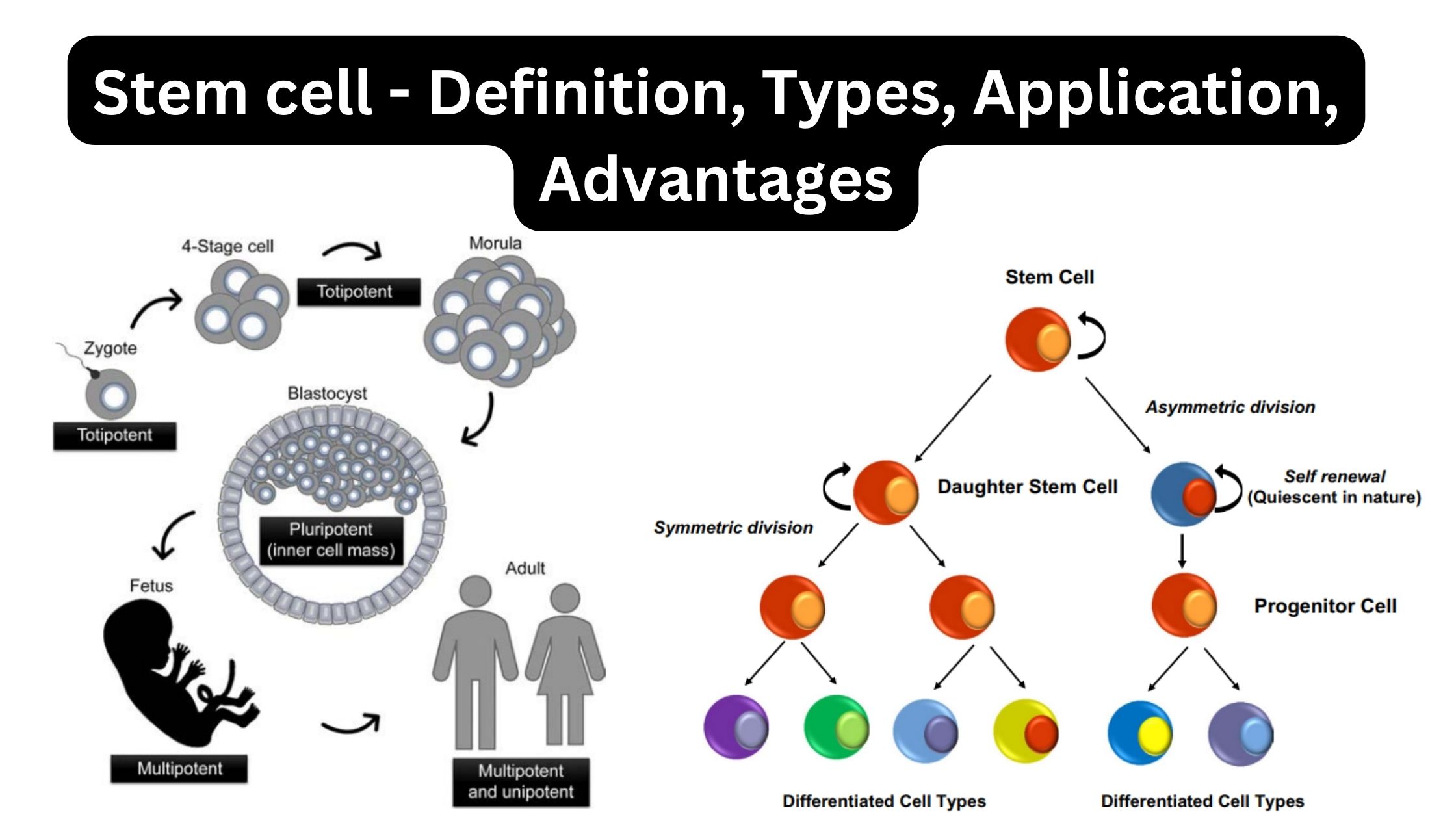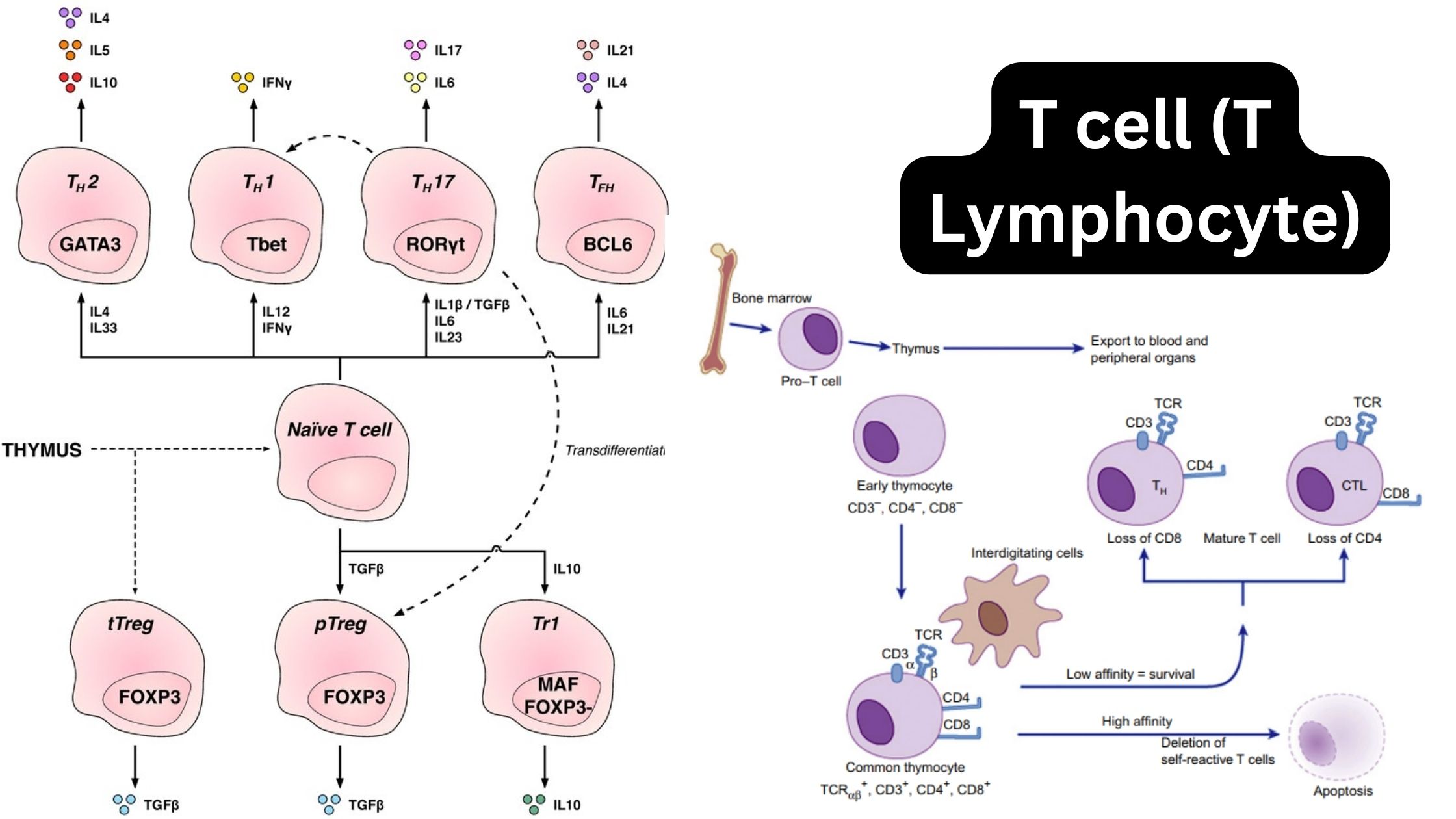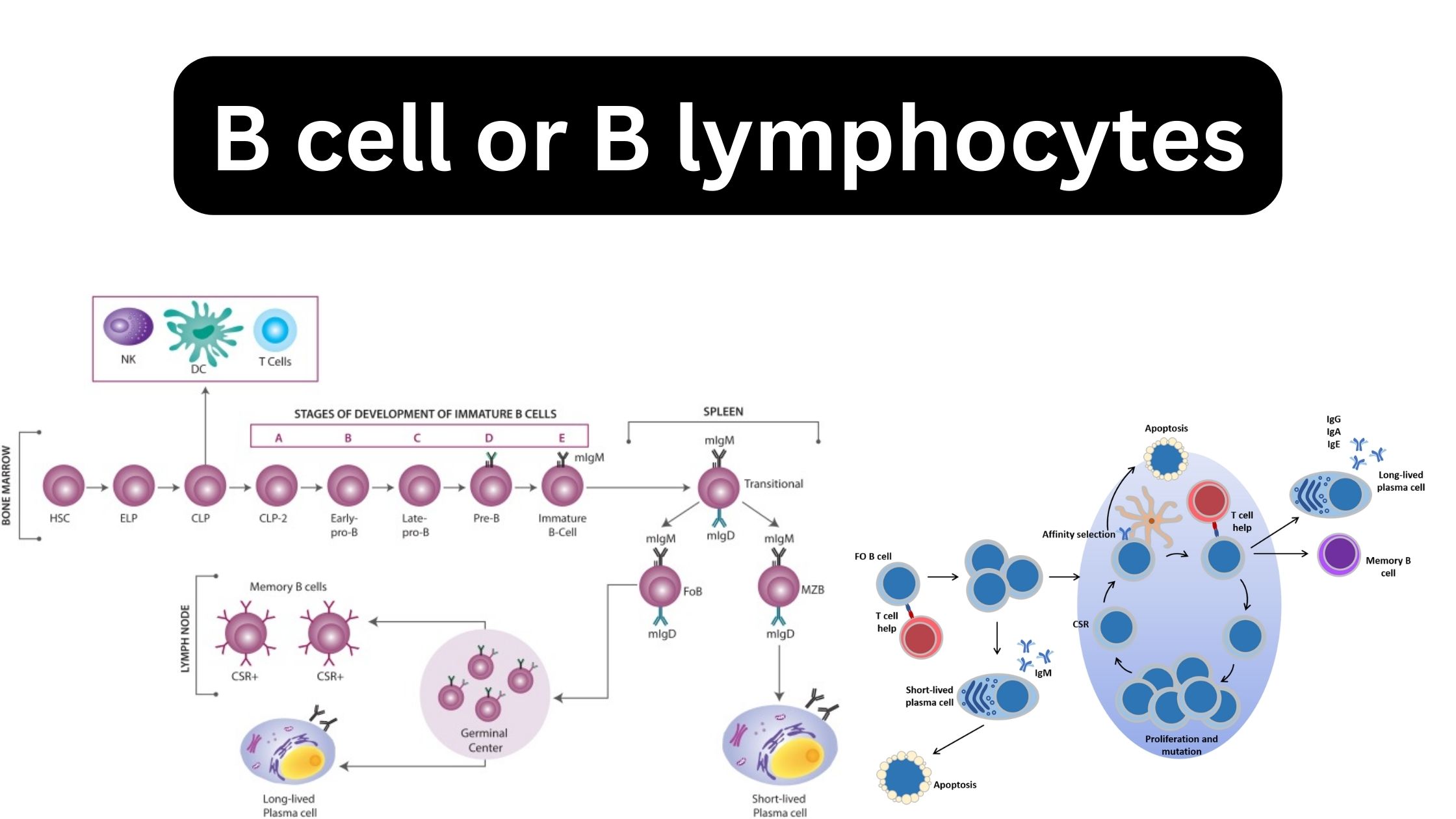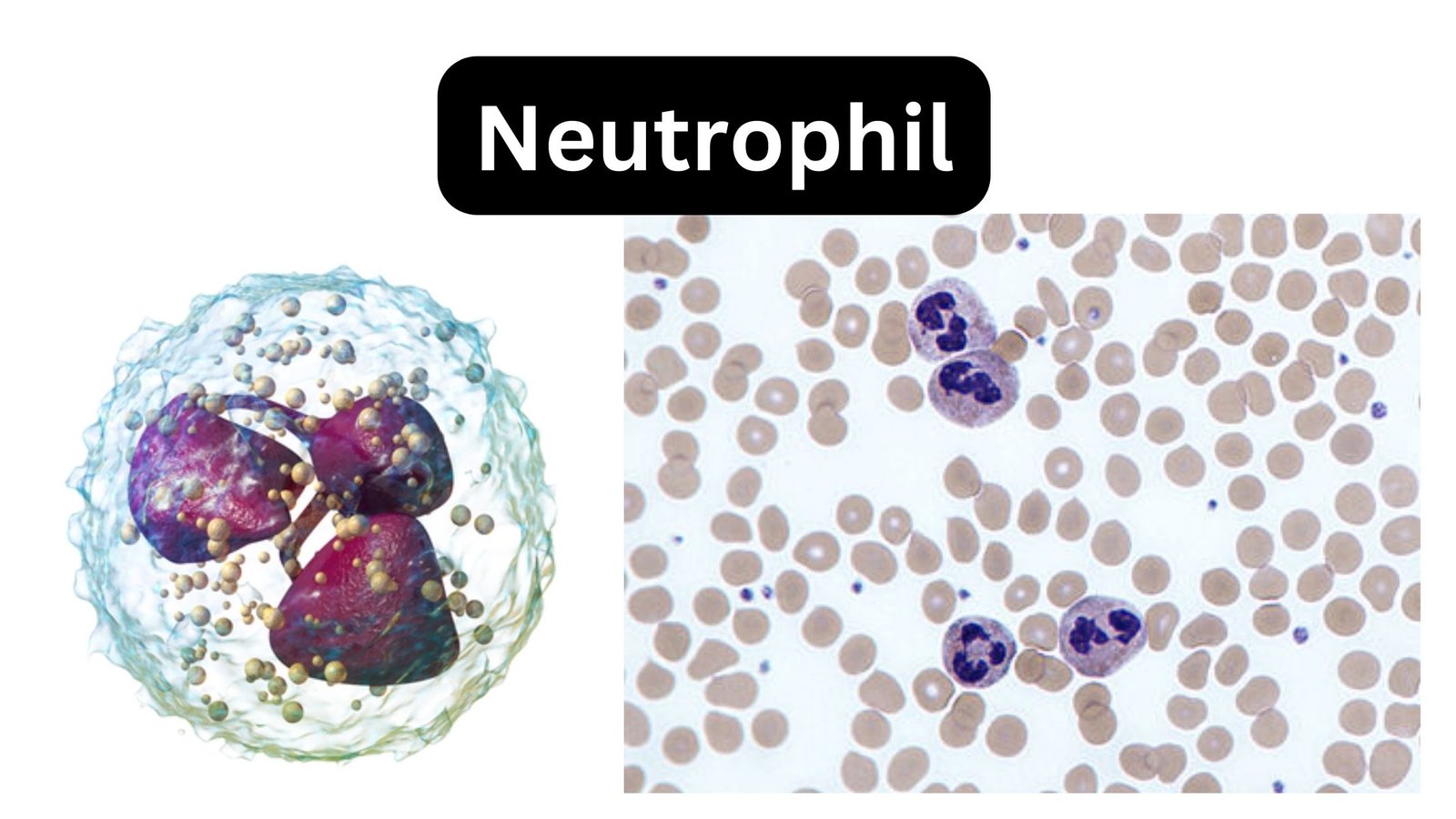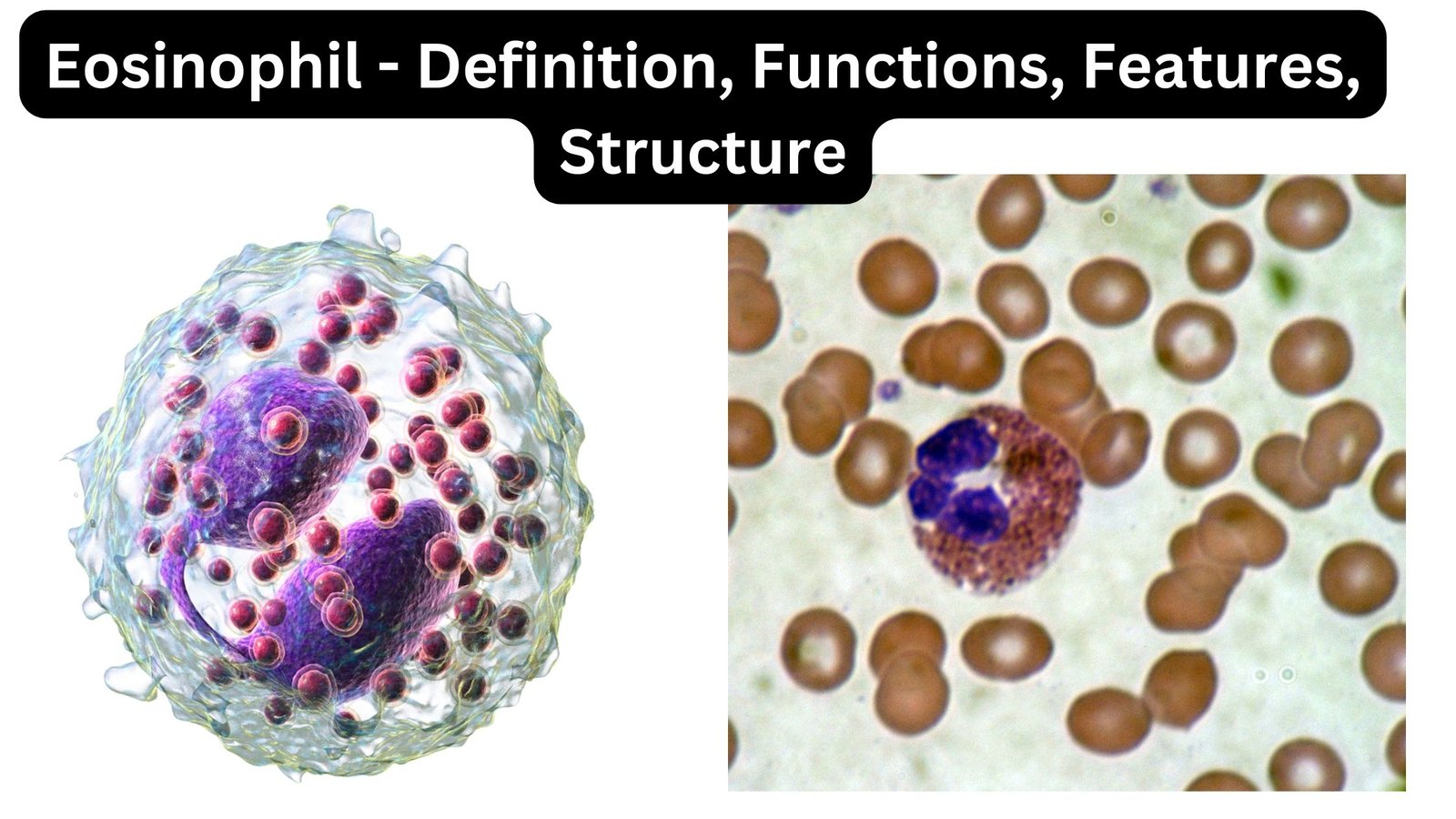Effect of Antibiotics on the Cell Wall
In the early 20th century there was no treatment to treat infections caused by bacteria. This included tuberculosis and pneumonia, as well as the rheumatic and gonorrhea diseases, and infections of the urinary tract. However, in 1929 the the bacteriologist Alexander Fleming discovered the first real antibiotic, penicillin, heralding a new era of medical science. … Read more

